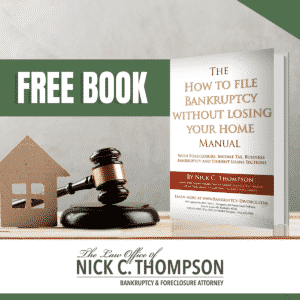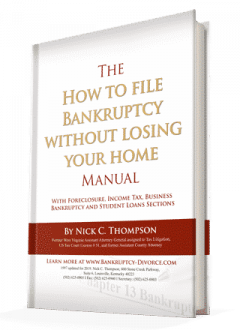Most credit scores range between 500 and 700, with a score above 620 necessary for a reasonable rate mortgage. Start rebuilding your credit after bankruptcy by sweeping your credit file and continuing to pay your debts on time. To help you do this, we recommend a couple of services we regularly work with to do that. However, you want to know what helps your score. First, start out by knowing what your credit file should look like after bankruptcy. Next, learn about the five factors that largely determine your score.
Steps to Rebuilding Your Credit After Bankruptcy
⎆ Your payment history.
The most important factor in your credit score is whether you paid your past creditors on time. The longer it has been after the default the better. If a creditor was paid late how long ago was it since you missed that payment. How serious was the account? Was it just one creditor you had problems with or do you treat everyone this way? The more creditors and the more recent and the larger the account the more it hurts your credit score.
Bankruptcy should put all of your accounts into an account closed status. It should take all of them out of delinquency status. Unless you reaffirm and go back to owing and defaulting your account history should be removed.
⎆ How much you owe when rebuilding your credit.
If you owe a great deal of money on numerous accounts it becomes impossible to lend any more to you. The following are what it indicates to potential lenders:
- Over extension of credit.
- Over-borrowing or underpaying debts.
- Having a small balance on a high credit limit (preferable).
- Having a history of paying off or paying down. Reasons: If you pay others so that they trust you, this is behavior that you are likely to repeat.
⎆ How long is your credit history?
The longer you have accounts open, the better. The average consumer’s oldest obligation is 14 years old, indicating that he or she has been managing credit for some time, according to Fair Isaac Corp., and only one in 20 consumers have credit histories shorter than 2 years. Having no history is better than a long history of bad accounts. You want to eliminate the history of bad accounts and only have a history of good repayments. Bankruptcy does exactly that. If you go back to not paying on time, you will continue to have a poor score.
⎆ How new is your existing credit?
New credit accounts are far riskier than an old account that has a long history of charges and repayments. Even if you pay your installment payments or credit cards on time, New credit is considered riskier than old accounts. Risky accounts often load up on new credit just before the file bankruptcy or otherwise just charge off.
⎆ Improving your FICA score with the right types of credit.
It’s desirable to have more than one type of account. Car loans, mortgages, and personal note loans are examples of installment loans. Department store accounts and credit cards are revolving accounts. If you consistently repay every kind of debt you have then you are far less likely to default.
If you want to understand better how about rebuilding your credit after bankruptcy you can research, evaluate, and understand your credit score by visiting www.myfico.com. For credit repair services contact the following:
Credit Assurance: A service in association with bankruptcy attorneys that corrects your credit files after bankruptcy.
Lexington Law: This service is the most expensive but still lower than the cost of bad credit.
CreditInfoCenter: Forums, forms, and information on credit repair.
 Resources for Bankruptcy
Resources for Bankruptcy
Louisville Kentucky Bankruptcy Forms
Other Related Information
Credit Repair After Bankruptcy • Video
How to Get a 725 FICO Credit Score after Bankruptcy
Self-Help Resources for Rebuilding Your Life After Bankruptcy
Performing Credit Repair After Bankruptcy
Chapter 7 Bankruptcy Auto Loan Redemption
If you are thinking about filing bankruptcy, don’t delay because timing is crucial. I am here to help you. So, contact my office right away to start the conversation. Nick C. Thompson, Bankruptcy Lawyer: 502-625-0905.



